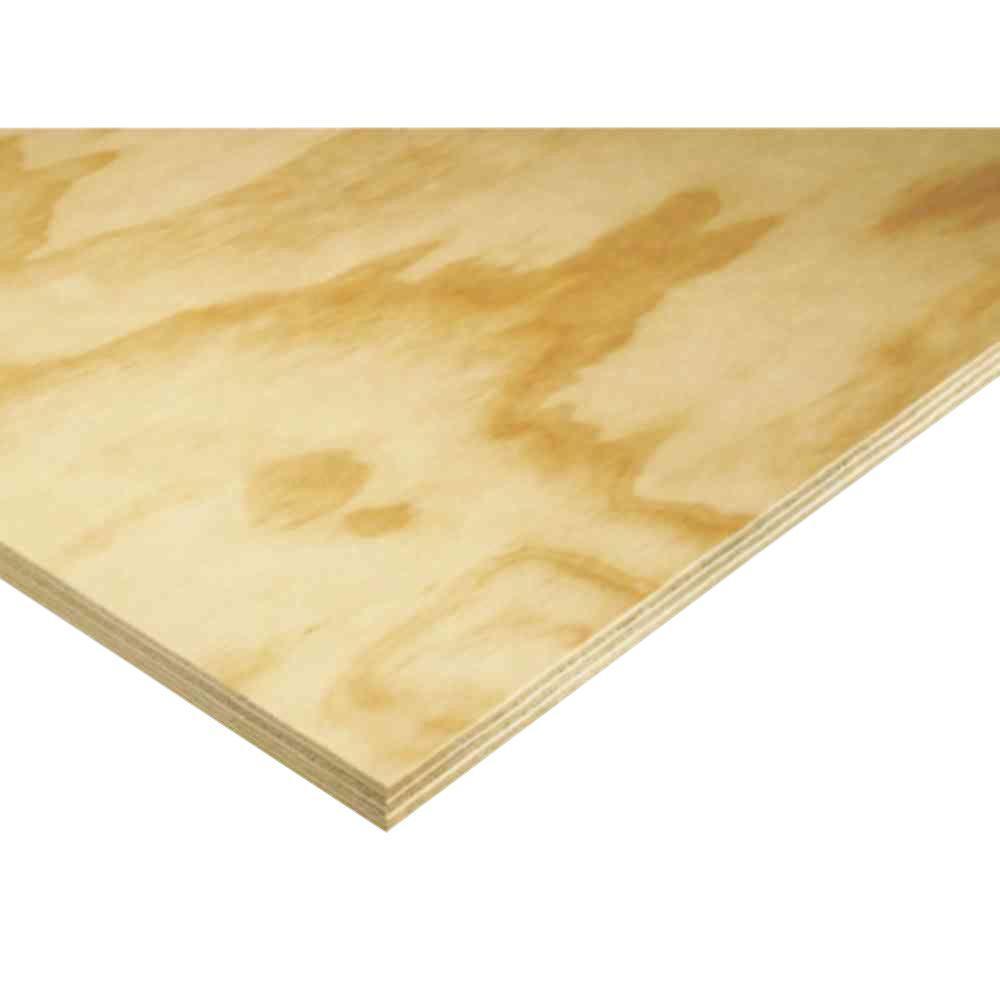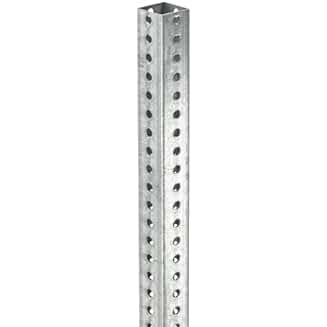What exactly is the problem that almost all us face with our model railroad track seeming to change shape (length in particular), with temp & humidity variations? Can it be attributed to the track alone, or the subroadbed alone? ...or primarily to __?
I've heard a number of folks who say the expansion/contraction of our rail itself is minuscule compared to that of the wood that most of our subroadbeds are constructed of. And that is the primary reason we experience what appears to be a change in track length, but its really the roadbed the track is attached to??
I've heard a number of folks who say the expansion/contraction of our rail itself is minuscule compared to that of the wood that most of our subroadbeds are constructed of. And that is the primary reason we experience what appears to be a change in track length, but its really the roadbed the track is attached to??
Last edited by a moderator:



